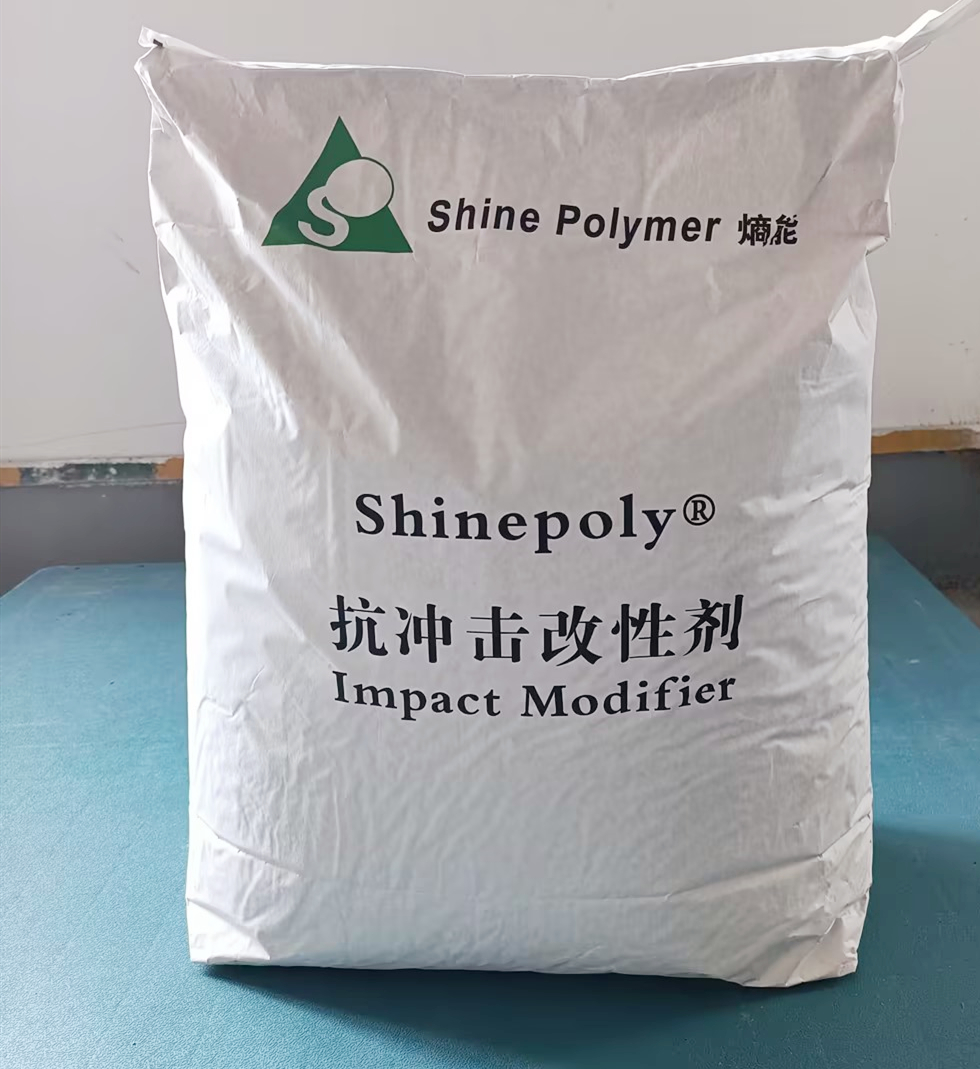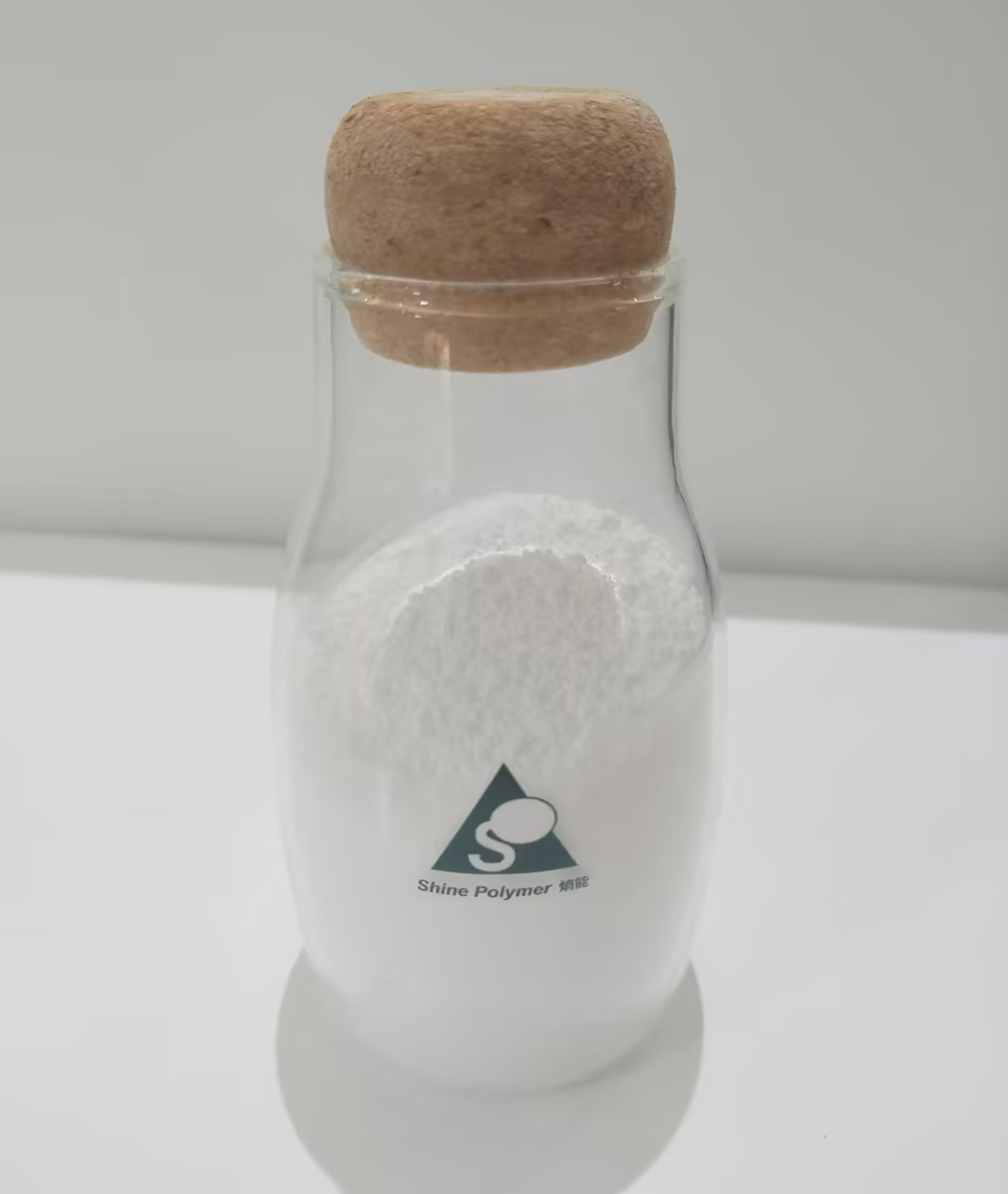Understanding Acrylic Impact Modifiers
Acrylic impact modifiers are essential in enhancing the performance of various polymers, particularly in applications demanding greater durability and resistance to impact. Imagine a world where plastic products can withstand the rigors of daily life— from kids’ toys to automotive components— all thanks to the remarkable properties bestowed by acrylic impact modifiers. These additives not only improve the toughness of materials but also maintain their clarity and aesthetic appeal. As industries continue to strive for higher quality and resilience in their products, the role of acrylic impact modifiers becomes ever more paramount. For instance, they are widely used in window profiles and high-performance automotive parts, offering a perfect blend of strength and beauty. By integrating acrylic impact modifier into their processes, manufacturers can create solutions that actively meet the challenges of contemporary expectations.

ACR Processing Aid: Essential for Polymer Transformation
The charm of the ACR processing aid lies in its ability to streamline production processes while enhancing the physical properties of polymers. These aids play an indispensable role in reducing friction during processing, thereby improving the flow and melt viscosity of materials. Picture a bustling factory floor where time can often equate to money; the efficiency gains offered by an ACR processing aid can swiftly translate into cost savings and higher output. This is particularly valuable in injection moulding and extrusion processes where precision matters. By integrating such aids, manufacturers can achieve optimal processing conditions, leading to improved product consistency and quality. Moreover, they ensure that the end products remain competitive in a market that demands both performance and innovation. The right choice of ACR processing aid not only enhances productivity but also contributes positively to the overall sustainability of the production process.
Real-World Applications of ACR Processing Aid
In today’s competitive marketplace, the use of ACR processing aids is becoming integral to the success of polymer-based applications. Take, for example, the production of weather-resistant outdoor furniture. When these items are manufactured using polymers enhanced with an ACR processing aid, they are not merely robust; they also maintain vibrant hues that resist fading, creating an enticing option for consumers looking for longevity and style. Furthermore, in industries such as packaging, the incorporation of ACR processing aids can elevate the performance of films and coatings, ensuring they stand the test of time and environmental conditions. This added layer of durability means less waste and a smaller environmental footprint, resonating well with environmentally conscious consumers. Therefore, selecting the right ACR processing aid can revolutionize products across various sectors, leading to enhanced functionality and customer satisfaction.

Conclusion: Choose Shine Polymer for Quality and Supply Advantages
In conclusion, acrylic impact modifiers and ACR processing aids are vital in modern polymer production, driving innovation and enhancing product performance across various industries. With applications ranging from everyday consumer goods to highly specialized industrial components, these additives offer significant advantages that cannot be overlooked. For manufacturers seeking quality products and reliable supply, Shine Polymer stands out as a leader in the field. Their commitment to excellence ensures that businesses can trust in the consistency and effectiveness of their acrylic impact modifier and ACR processing aid offerings. By choosing Shine Polymer, you not only invest in superior products but also gain a partner dedicated to your success in the ever-evolving landscape of polymer technology.


